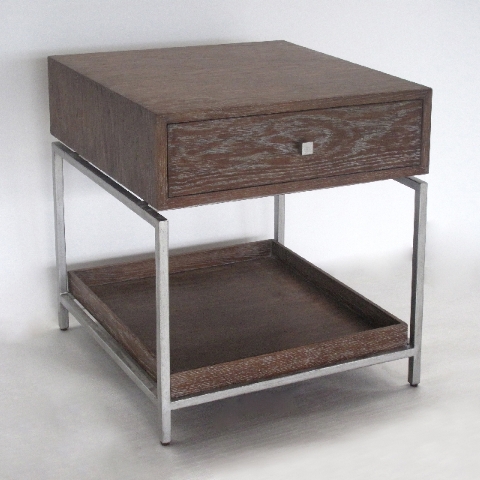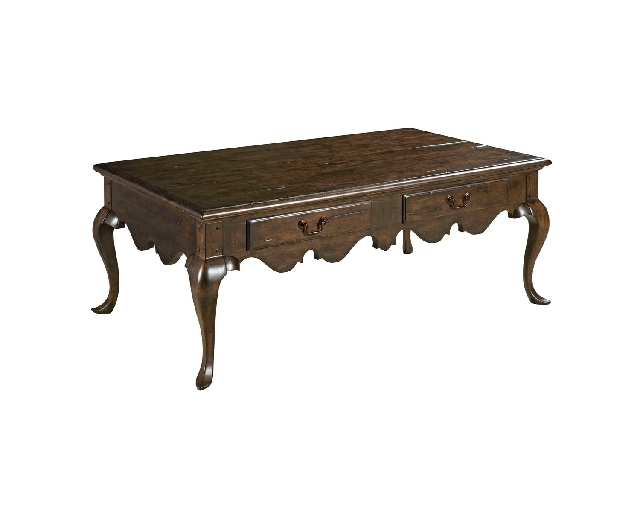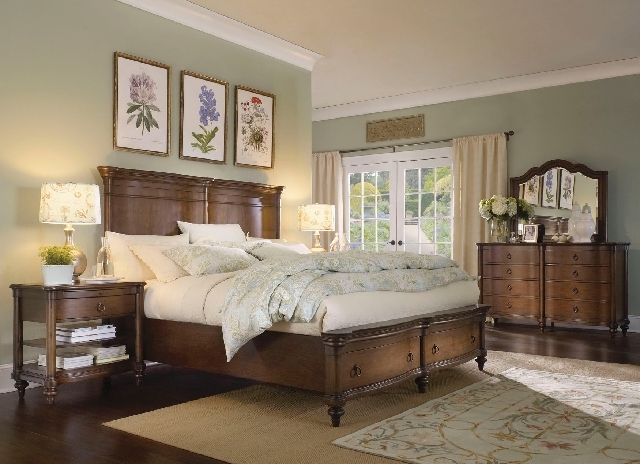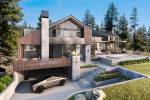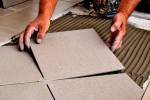Woods’ characteristics determine price, durability
“Alternatives, and particularly desirable alternatives, grow only on imaginary trees.” Saul Bellow (1915-2005), American writer, “Dangling Man” (1944)
Although we like glass-top tables, mirrored chests, ceramic garden benches and tables made of metal or other man-made materials, we are still in love with solid-wood furniture and wood is still the most used material in furniture construction.
When you visit fine furniture showrooms, or your grandma’s dining room with its heirloom cherry furniture, people who own or sell these solid-wood pieces take great pride in them.
And while we love wood, most people don’t know a lot about it and have misconceptions about the different types. The two most common way woods are used in furniture construction are as solid wood and wood veneer. Each has properties that are best suited for particular uses, and it is to each shopper’s benefit to know the differences.
Solid woods fall into two categories: softwood and hardwood. Softwoods come from evergreen trees such as pine, spruce, fir, cedar and redwood. They are easily available and are easy to work with. These woods are generally not considered good for fine furniture that will hold up well and take attractive finishes.
Hardwoods are nut, fruit and other deciduous trees such as birch, maple, oak and walnut, as well as exotic woods such as cherry, elm and rosewood. These are considered appropriate for good cabinetry, chair frames, table bases and cabinet legs.
Veneers are sometimes thought of as being a cheap substitute for hardwood, but that’s not necessarily true. Veneer is a thick slice of a fine solid wood that is glued to a piece of wood of lesser quality. Another piece of veneer is glued to the underside of the core wood, with the grain going in the opposite direction of the first veneer, creating a far more sturdy material than standard solid wood. Solid wood also can warp as a result of changes in temperature and humidity. This does not happen to veneers.
Let’s look at some characteristics and availability of the most common woods. This will give you a better understanding of why furniture made of certain woods will be more expensive than others.
In the hardwood category, for instance, birch is a light beige/tan to near white color, medium priced and readily available. Cherry is reddish brown, very expensive and has limited availability. Mahogany is reddish-brown to red, with a medium cost and good availability. Maple is light beige, medium priced and readily available. Oak is a light grayish-brown, medium to high in price and with good availability.
The most coveted hardwood is rosewood. It is deep red with black graining. The price is high and its availability is very limited. Rosewood is often used as a veneer because of its price.
In the softwood category, cedar is orange to red, low-cost and readily available. It is sometimes used in furniture, but the most common use and the one we are familiar with is as a lining for storage area and containers.
There are several classes of pine. White pine is a clear, near white color, medium in cost and is quite limited. Yellow pine is tan or orange; the cost is low, but the availability is excellent. The softness of pine makes it easy to work with, but difficult to finish.
As you can see, when you are choosing a furniture piece, it’s important to pay attention to the wood used in its construction. The type of wood used will determine the quality of the piece and its price. For instance, a pine dresser will dent and scar easily just with everyday use. A cherry dresser will last for years, and the only damage probably will be scratches to its surface. It also will be more expensive than the pine. A rosewood dining table will cost a fortune, but will become an heirloom.
It’s all about choice. Decide how you want to use the piece and how long you want to own it. That will determine the price.
Carolyn Muse Grant is a founder and past president of the Architectural & Decorative Arts Society, as well as an interior design consultant/stylist specializing in home staging. Send questions to creativemuse@cox.net.



